
These days, matcha is so ubiquitous that it’s already a mistake to call it a food trend. It arrived, and has remained to stay – in our favorite coffee shops, in the grocery stores, in matcha specialty shops, and even in our household pantries. Matcha, the powdered green tea from Japan, has taken its rightful place in the global food culture.
But besides it looking good on the gram, how much do we know about matcha and its origins? Why is associated with meditation, is it a good alternative to coffee, and is matcha really healthy? Let’s get to know more about this bright green-hued ingredient that has taken over the world.
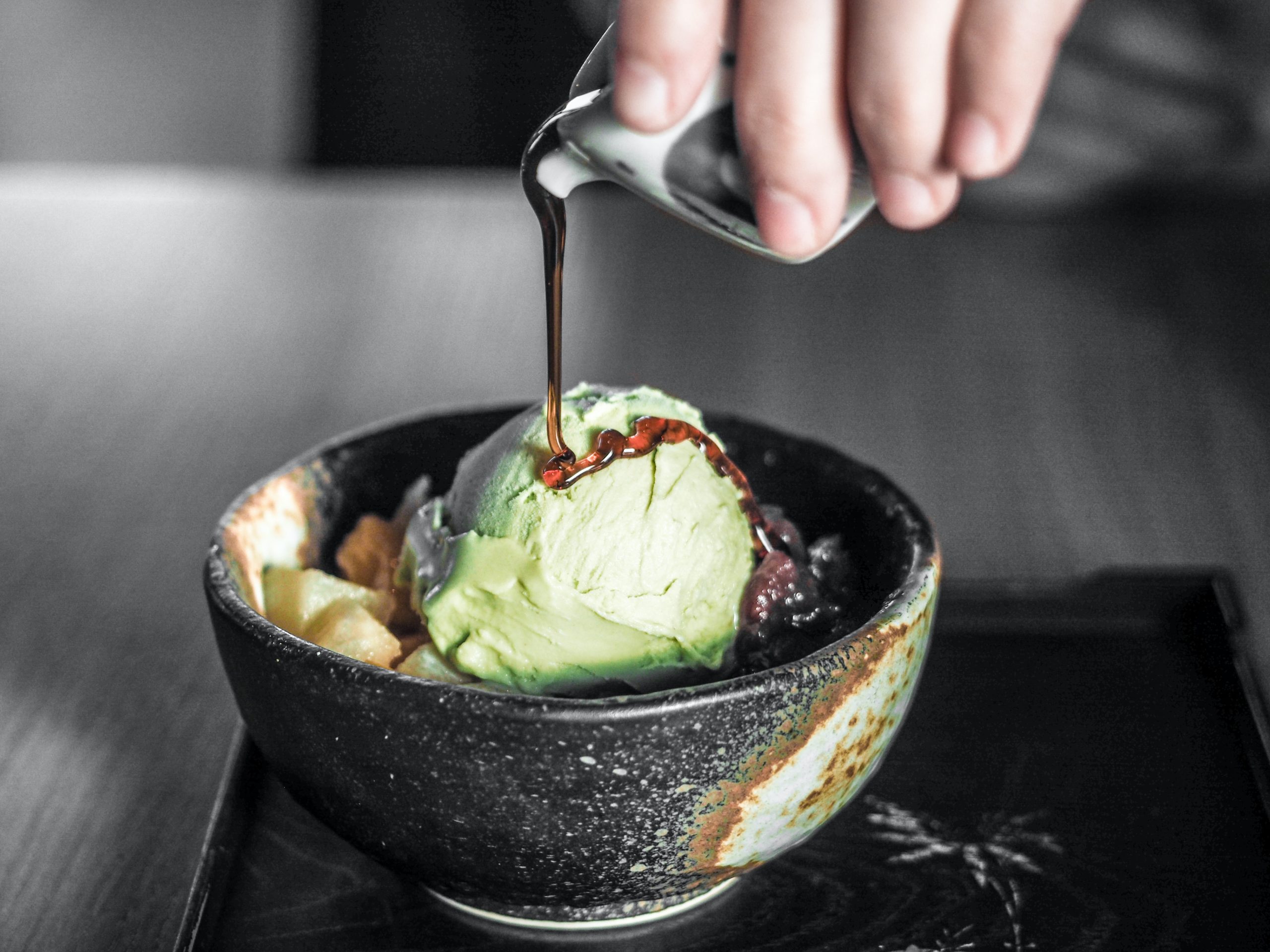
What exactly is matcha?
Consider matcha as the Japanese contribution to tea culture. We all know tea originated from China, where legend has it an emperor accidentally discovered it when a bunch of tea leaves fell into his cup of hot water.
Matcha, on the other hand, was invented by a Japanese monk, Eisai, who visited China and tried green tea. When he went home, not only did he bring the Zen philosophy with him, but also some tea crops which he then planted outside their temple in Kyoto. Instead of simply infusing the leaves in water, he had the genius idea of crushing the tea leaves instead. Thus, matcha was born.
Of course, the monks had no idea matcha was going to be a commercial success some decades later. They simply grew, harvested, and consumed tea to help with their meditation. Before discovering tea, monks had a hard time staying awake during meditation that stretches for hours. But because of tea, they noticed a surge of calm energy that stays as much as five hours after drinking just one cup.
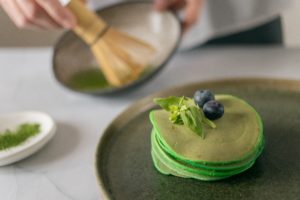
How is matcha made?
Matcha is made from the mother plant of all teas, which is the Camella sinensis. What distinguishes matcha from other green teas is that the plants are shaded from sunlight from 20 to 30 days prior to harvest.
This is done to boost its chlorophyll levels, turning the leaves into a vibrant shade of green. Besides the color, the shade causes the leaves to increase its L-theanine content, an amino acid that gives matcha its delicious, bitter, and grassy umami flavor.
Come harvest time, the plants are processed much like other green teas. It’s steamed and air-dried immediately after being picked to stop the oxidization process. After being chopped into uniform sizes, de-veined, and de-stemmed (we only consume the leaf’s meaty parts), the leaves are finally stone-ground into the fine green powder we now know as matcha.
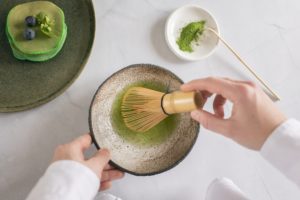
What are matcha tea’s health benefits?
Because you consume whole tea leaves, matcha is said to be healthier than green tea that you only steep in hot water. Hence, you reap more health benefits.
Matcha is rich in antioxidants.
Antioxidants are plant compounds that help ward off cell damage, and matcha is chock-full of these.
Abundant in cathecins and polyphenols, tea has been linked to protection against heart disease and cancer, as well as blood sugar and regulation, blood pressure reduction, anti-aging, and most popularly, cell repair.
Matcha is said to have 10 times more antioxidants than regular green tea.
Matcha provides and boosts energy.
When you find yourself groggy and sleepy, especially in the mornings, consider sipping some green tea. Similar to coffee, matcha contains caffeine that can give you an energy boost. But matcha provides a different kind of energy, thanks to L-theanine.
L-theanine is an amino acid that increases the brain’s alpha-wave activity—meaning increased tranquility. When combined with caffeine, tea exhibits a paradoxical effect – it’s both calming and alerting at the same time.
Matcha aficionados attest to matcha giving them an energy boost, without feeling jittery or nervous. No spikes, no crashes, it’s a gentle beverage that treads lightly by containing only sixth of the caffeine in coffee (25mg of matcha versus a typical 150mg cup of coffee).

Matcha promotes healthier cholesterol levels.
EGCG (epigallocatechin gallate), a type of catechin, is responsible for this health benefit. When consumed regularly, matcha tea can result in a significant reduction in bad cholesterol called LDL. This benefit can save you from a host of heart diseases such as heart attack and stroke.
Matcha can help strengthen your bones.
Osteoporosis affects both men and women from all races. But studies show Asian women are especially at risk. To counteract the onset of osteoporosis, even before a woman hits her prime, she can try drinking matcha tea. Again, it’s all thanks to the polyphenols, also called GTP (green tea polyphenols), that can help build stronger bones. Another way of seeing this is that since green tea helps reduce inflammation in the body, bone loss is prevented.
Matcha can help make your skin glow.
We all know how antioxidants can have beauty benefits. Matcha is no exception. Google matcha and beauty, and you’ll be sure to find hundreds of entries on how matcha is a beauty booster. However, most of these claims are unfounded and unproven. But by virtue of matcha being rich in antioxidants, here’s how your skin can benefit: it can slow down ageing, help reduce dark circles, reduce acne, and promote skin elasticity. Matcha can either be ingested, or applied topically.
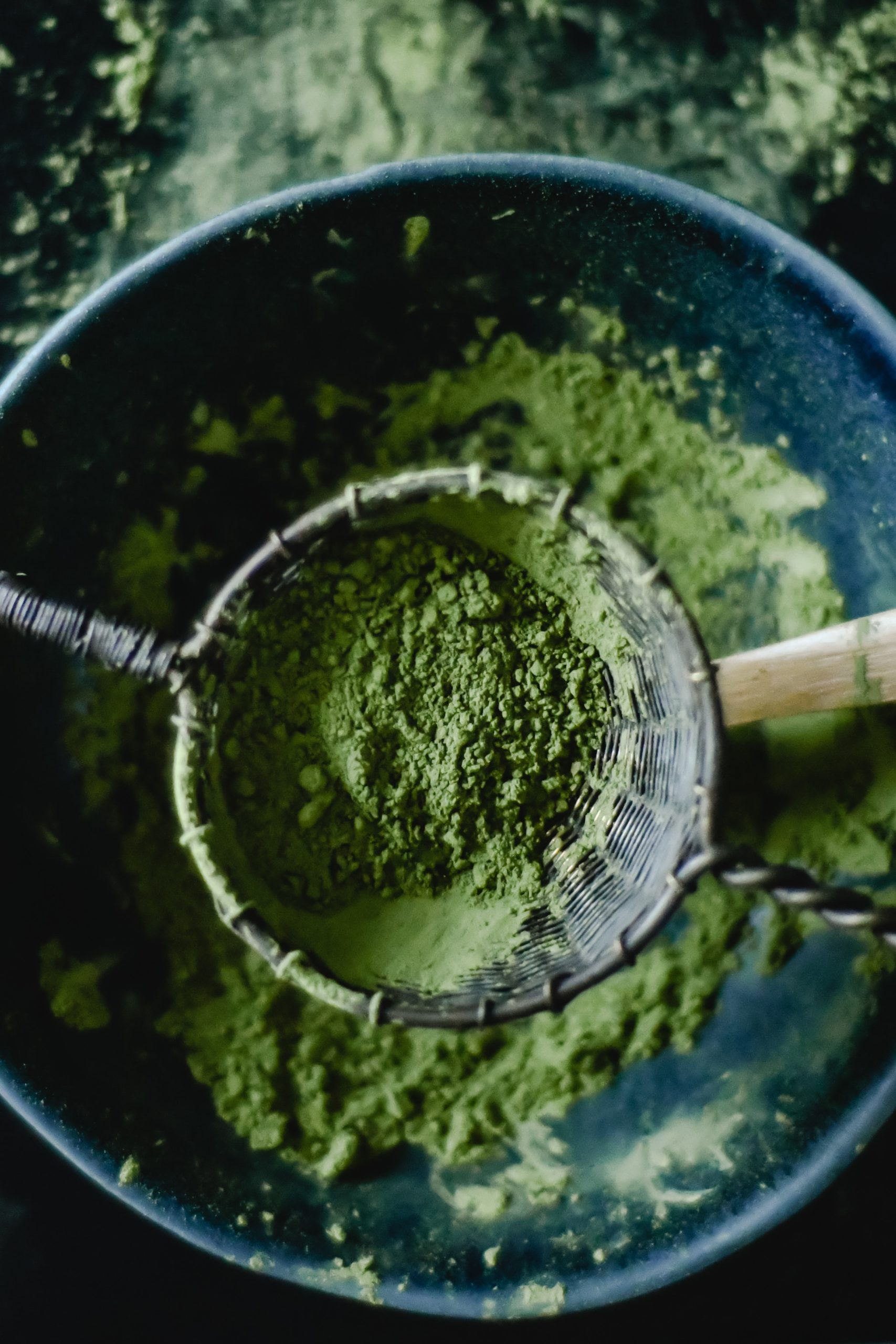
How to buy good quality matcha
With all the myriad benefits matcha brings to the table, no wonder people have embraced this superfood wholeheartedly. But not all matchas are created equal. For example, some cheaper matcha powders sold online do not contain pure matcha powder. Some are “powdered mixes”, meaning either sugar or milk, or both, have been added. So be cautious of that if you want to skip the sugar to really reel in the full benefits of matcha.
Other ways to know if it’s good quality matcha: the texture of the powder should be smooth and silky, aroma should be strong and vivid, and one that leaves a sweet aftertaste. If you only taste bitterness, that’s not quality matcha. You should also look for a frothy or bubbly appearance on top, after whisking or stirring it. The better the quality of the matcha, the more foam it would create.
Matcha experts liken matcha to wine. It is manufactured and sold in a very wide range of quality levels, with different price points to match. To avoid buying low-quality matcha, just remember to always buy from a trusted source.
How to make matcha at home
You don’t need to go to designer coffee shops to enjoy this bright green beverage. All you need is good quality matcha powder, and you can enjoy a glass or cup in the comfort of your own home. The Japanese traditionally prepare matcha using a tea whisk. It’s nice to use one, but it’s not a must-have. A spoon will do. Here’s how you can make yourself this umami-rich drink.
- Heat 2 or 3 oz of water to 176°F.
- Place 1/2 to 1 teaspoon of matcha into a cup and add a splash of hot (not boiling) water.
- Mix thoroughly with a spoon to remove lumps of matcha.Stir well until it’s frothy. This mixture is called concentrated matcha. Now you can either fill the glass up the rest of the way with water or milk. Stir again until the green color is even. Enjoy it hot or iced.
Tags


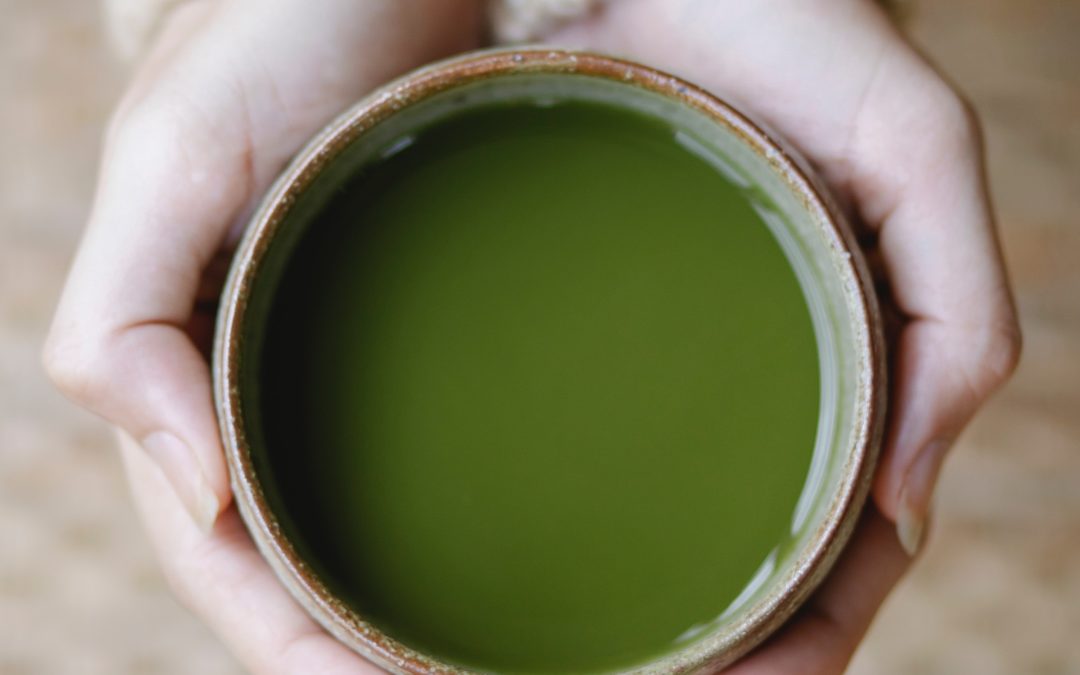
0 Comments